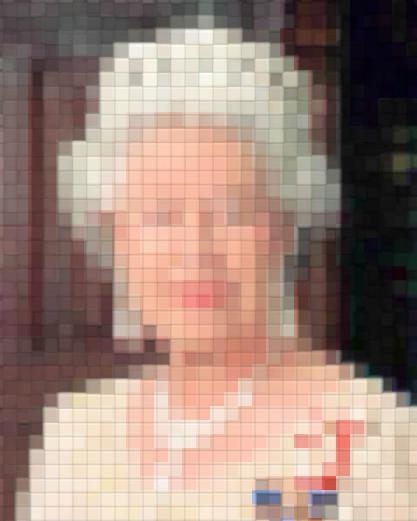Fisher et al., (1986) – ‘Enhancement of eyewitness memory with the cognitive interview’, American Journal of Psychology
This study is also referred to as:
- Fisher et al., (1986)
- Fisher and Geiselman (1986)
- Geiselman et al., (1986)
Background
Fisher et al., (1986) focuses on police interviews of witnesses.
What is an interview?
An interview is simply trying to elicit information from a person or witness, while keeping the information valid. This is easier said than done. You may remember two studies from AS: Loftus et al., (1974) and Samuel and Bryant (1984), which demonstrate this. Firstly, Loftus showed the impact that leading questions could have upon participant recall and she concluded that an actual change in memory had occurred. Memory is easily malleable, changing how a question is asked can change the memory itself. Secondly, Samuel and Bryant showed the impact of repeating the same question. Repeating the same question to children will cause them to completely change their answer, even if their answers were perfectly correct.
Continue reading Fisher et al., (1986)

